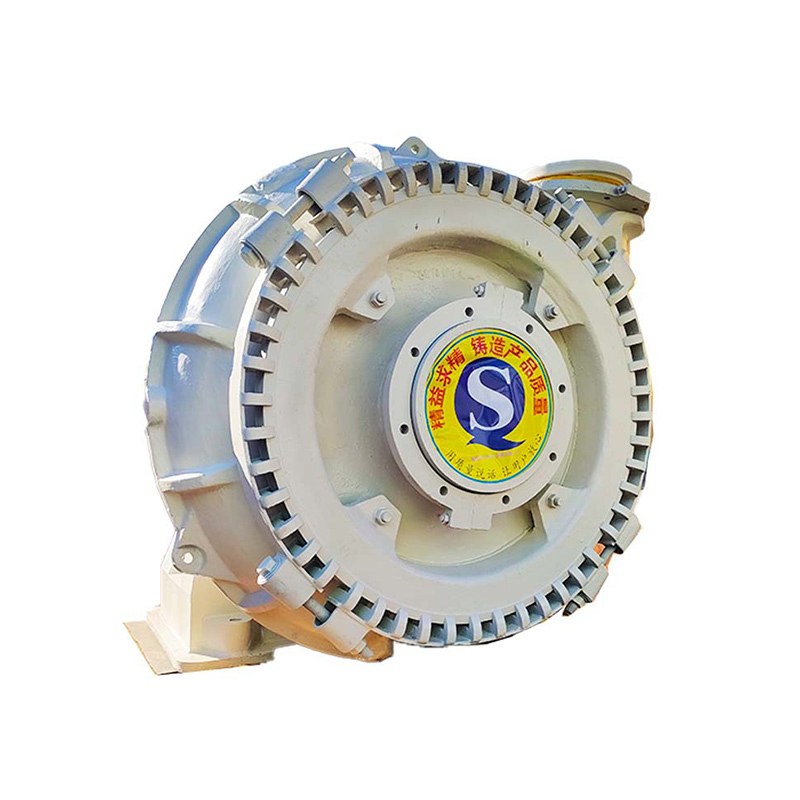Application of Gravel Pump In The Ore-Dressing Plant
In the realm of ore dressing, the efficient extraction of valuable minerals from raw ore is paramount. Among the arsenal of tools and machinery utilized in this process, the gravel pump stands out as a versatile and indispensable component. Its application in the ore-dressing plant is multifaceted, contributing significantly to the success and productivity of mineral extraction operations.
1. Extraction Efficiency
At the heart of any ore-dressing plant lies the need for efficient extraction of minerals from the surrounding ore. Gravel pumps play a pivotal role in this regard by facilitating the transportation of ore slurry from mining sites to processing facilities. Their robust design and powerful suction capabilities enable them to handle various types of ores, ranging from gravel to sand and even viscous slurries, with ease. By swiftly and effectively conveying the raw material, gravel pumps expedite the overall extraction process, enhancing operational efficiency and reducing downtime.

2. Tailings Management
In ore dressing operations, the management of tailings—residue left over after the extraction of valuable minerals—is a critical aspect of environmental sustainability. Gravel pumps aid in the disposal and management of tailings by transporting them away from processing facilities to designated disposal areas. Their ability to handle abrasive and high-density slurries makes them ideal for this task, ensuring the efficient removal of tailings while minimizing environmental impact. By facilitating the responsible disposal of tailings, gravel pumps contribute to the overall sustainability of ore dressing operations.
3. Dewatering
Water management is another key consideration in ore dressing plants, particularly in the context of dewatering processes. Gravel pumps are instrumental in dewatering operations by effectively removing excess water from the processed ore slurry. Their high-capacity pumping capabilities enable rapid water removal, allowing for efficient concentration and separation of valuable minerals. By aiding in the dewatering process, gravel pumps help optimize the overall efficiency of ore dressing operations, ultimately leading to higher yields and lower water consumption.
4. Versatility and Adaptability
One of the most notable features of gravel pumps is their versatility and adaptability to diverse operating conditions. Whether in open-pit mining or underground operations, gravel pumps can be configured to meet specific requirements, making them suitable for a wide range of ore dressing applications. Their robust construction and ability to withstand harsh environments ensure reliable performance even in challenging settings. Additionally, advancements in pump technology have led to the development of specialized variants tailored to handle specific types of ores, further enhancing their utility in ore dressing plants.
5. Cost-Effectiveness
From a cost perspective, the use of gravel pumps in ore dressing plants offers significant advantages. Their relatively low initial investment cost, coupled with minimal maintenance requirements, makes them a cost-effective solution for mineral extraction operations. Moreover, their efficiency in transporting and processing ores translates into lower operating costs and higher overall profitability. By optimizing resource utilization and minimizing downtime, gravel pumps contribute to the economic viability of ore dressing plants, ensuring sustainable operations in the long run.
In conclusion, the application of gravel pumps in ore dressing plants is instrumental in facilitating efficient mineral extraction, tailings management, dewatering, and overall operational success. With their versatility, adaptability, and cost-effectiveness, gravel pumps have become indispensable assets in the realm of ore dressing, driving productivity and sustainability in mineral processing operations.

Comments
0